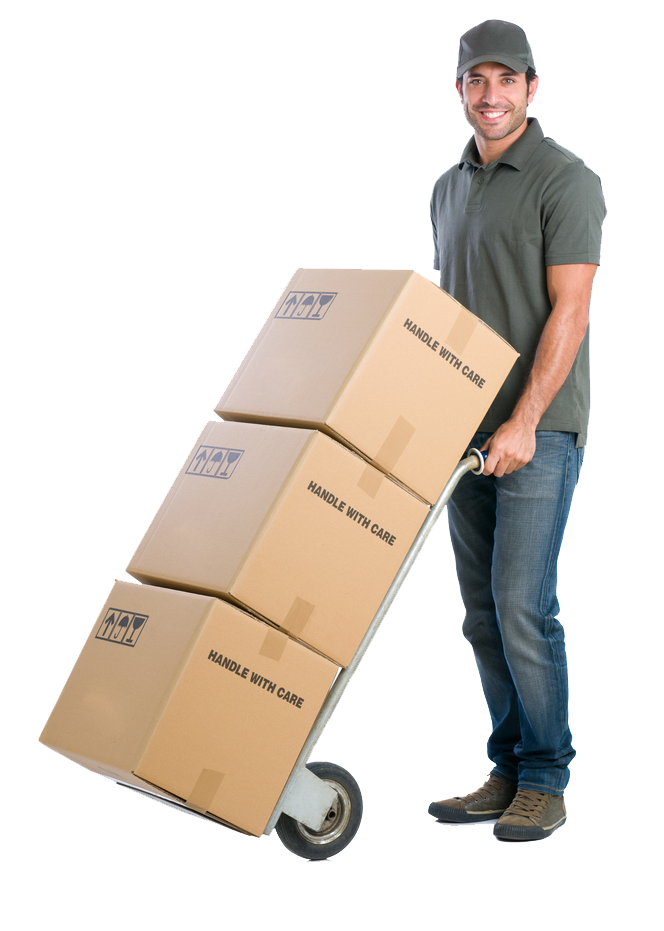How to Securely Pack Computers for Moving
Posted on 23/08/2025
Moving computers safely requires careful planning and execution. A computer is not just an everyday household item; it contains critical data and valuable components that demand extra attention during the moving process. This guide will walk you through the steps to securely pack your computers to ensure they arrive safely at their new destination.
1. Gather Packing Materials
Before you start, you need to gather all the necessary packing materials. High-quality packing materials are an investment in the safety of your equipment. Here's what you'll need:
- Original computer boxes (if available)
- Anti-static bubble wrap
- Packing peanuts
- Sturdy cardboard boxes
- Packing tape
- Labeling markers
- Cable ties or Velcro straps

2. Back Up Your Data
One of the most important steps you can take before moving your computer is to back up all your data. In the event of physical damage or data corruption during the move, having a backup ensures that your important files are not lost. Utilize external hard drives, cloud storage, or both to secure your data.
3. Disconnect and Organize Cables
Turn off your computer and unplug all cables. Use cable ties or Velcro straps to bundle the cables neatly. Label each cable or take a photo of the setup before disassembling to make reassembly at your new location easier.
4. Remove and Secure Internal Components
For additional security, consider removing any internal components such as RAM, graphics cards, hard drives, and optical drives. Place these components in anti-static bags and wrap them in anti-static bubble wrap before packing them in a separate, secure box. Label each component clearly.
5. Wrapping the Computer
Use anti-static bubble wrap to encase the entire computer tower or laptop. Ensure that all sides are adequately covered and add extra layers to any protrusions like ports or buttons. Anti-static materials help prevent the build-up of static electricity, which can damage sensitive electronics.
6. Packing the Computer Tower
If you have the original packaging, use it. The original box is designed to fit the computer snugly and offers the best protection. If you don't have the original packaging, choose a sturdy, appropriately sized moving box. Fill the bottom of the box with packing peanuts, and gently place the wrapped computer tower in the center.
Add more packing peanuts or crumpled packing paper around the sides and top to ensure the computer doesn't shift during transit. Seal the box securely with packing tape and label it clearly, indicating which side should face up and that the contents are fragile.
7. Packing Monitors
Monitors are particularly susceptible to damage during a move. If you have the original packaging, use it. Otherwise, follow these steps:
- Remove the monitor stand if detachable and pack it separately.
- Wrap the screen with soft cloths or anti-static bubble wrap.
- Use corner protectors if available.
- Place the wrapped monitor in a sturdy box lined with packing peanuts or foam.
Secure the box with packing tape and label it as fragile.
8. Keyboards, Mice, and Accessories
Keyboards, mice, and other peripherals should be packed separately. Use small boxes for these items. Wrap each item in bubble wrap, place them in the box, and fill any gaps with additional packing material to prevent shifting during transit. Label these boxes as well.
9. Moving Day Precautions
On moving day, make sure that your packed computers are loaded last and unloaded first. This minimizes the time they are on the move and reduces the likelihood of damage. Keep them in a secure position, ensuring they do not shift during transit.

10. Reassembling Your Computer
Once you've arrived at your new location, carefully unpack each component and reassemble your computer setup. Consult the labeled cables and photographs you took prior to disassembly to make this process easier and quicker.
Conclusion
Securing and safely packing computers for a move involves multiple steps but is essential for protecting your valuable equipment and data. Follow these guidelines to ensure your computers arrive in pristine condition, ready to set up and use at your new location.
Moving can be a stressful experience, but with careful planning and execution, your computers and other electronic devices will be one less thing to worry about. Happy moving!





